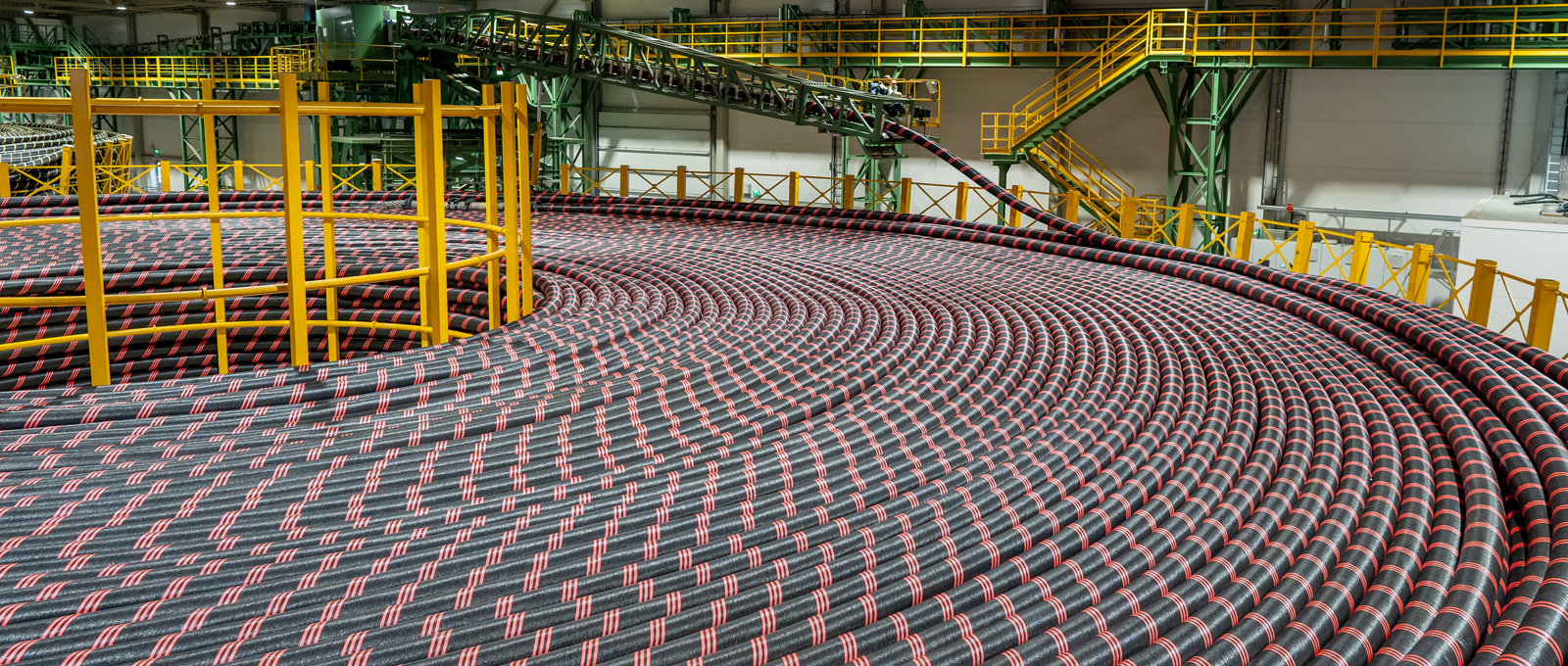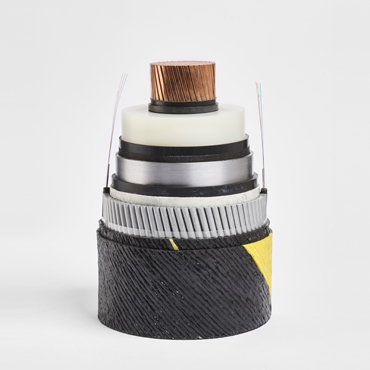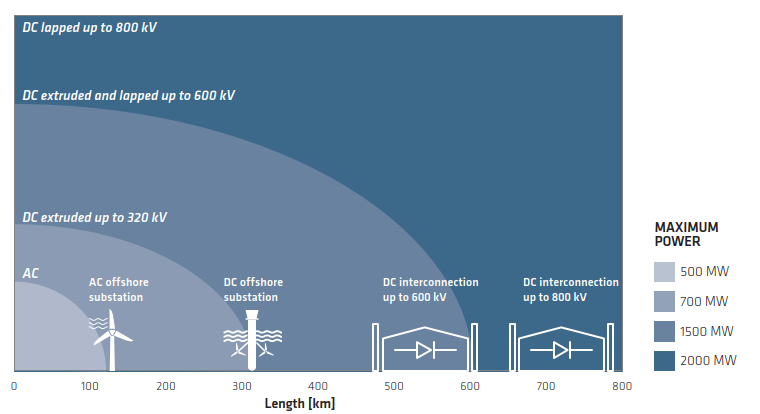“The water depths we see are increasing up to 3,000 meters. That requires specific cable designs and product development, but also the installation assets to install those cables,” said Pietribiasi. Indeed, Prysmian has heavily invested in recent years in upgrading its vessel fleet being able to perform installation in very deep environment like Leonardo da Vinci and the work in progress Monna Lisa.
“It is not only a matter of having the right cable product, but it is also a matter of having a combined system solution where you can manage the installation assets and the cable technology together so you can really optimize the system and have control of the technical solution.”
Along with combined systems solutions, customers are also increasingly looking for sustainable products.
“We are being asked to connect large amounts of power efficiently and on time, but with sustainable solutions,” said Pietribiasi.
“We have to develop insulation materials which are ecofriendly, like P-Laser technology, or we need to remove the use of gases with a high carbon footprint as much as possible, and to develop alternative solutions for our accessories. The challenge is to have sustainability embedded as a design criteria.”
A sustainable supply chain is a crucial part of Prysmian’s effort to give clients the green solutions they need.
“Prysmian is in constant contacts with clients and industrial partners to gain a better understanding of where and when to invest in a responsible way,” Davide said. “We need to be able to satisfy market demand while at the same time keeping up with industry developments and government targets.”








